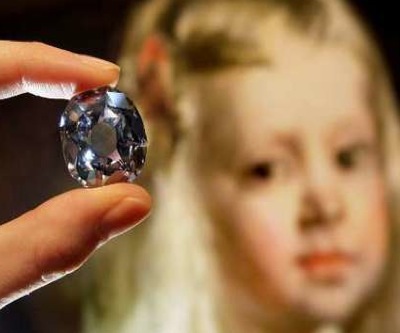
The New York Times profiles Laurence Graff, whom the paper calls perhaps the biggest dealer in seriously big stones. In 2008, Graff Diamonds turned a pretax profit of $77 million on sales of $538 million, according to its chief financial officer, Nick Paine. In 2009, sales dropped to $432 million, and pretax profits to $62 million. Last year, sales were virtually flat, but pretax profits jumped to $86 million, mostly because of sales of smaller pieces with higher mark-ups. Which raises the question of how large his inventory of large stones has become.
“The people who wear Graff jewelry own it,” says Henri Barguirdjian, who heads Mr. Graff’s United States sales operation. “I think it is a bit of an insult to our clients who actually purchased our jewelry,” he adds, referring to the notion of non-owners wearing Graff jewels. “If you spend $1 million, that is a lot of money. Do you want a little model wearing it?”
Two reports this week suggest that fears of a prolonged period of global economic austerity following the financial crisis have been overblown. In Hong Kong Christie’s experienced its best ever auction with buyers spending $469m on wines, antiques, art and particularly jewellery. At $9,342,219, the pictured pair of Golconda diamond ear pendants – dubbed the Imperial Cushions – set an all time record price per carat. At the other end of the scale prices have also been rising at a rapid rate. Demand for one carat and smaller stones from India and China pushed the International Diamond Exchange’s polished diamond index to a new record in May surpassing the previous record level achieved in the pre-recession summer of 2008 and up 12.5% so far this year.
Image of the Wittelsbach diamond courtesy of Christie’s auction house. Bought by Graff in 2008 for $24.3 million, the 35.56-ct. Wittelsbach diamond was once owned by King Philip IV of Spain, who purchased it for his daughter, Margarita Teresa (in the background) for her engagement to Leopold I of Austria in 1664. It was mined in India and owned by the same private collector since 1964. In a controversial move, Graff recut the diamond to remove imperfections, prompting criticism that he had essentially painted over a Rembrandt. The Wittelsbach Graff sold recently for an undisclosed amount.